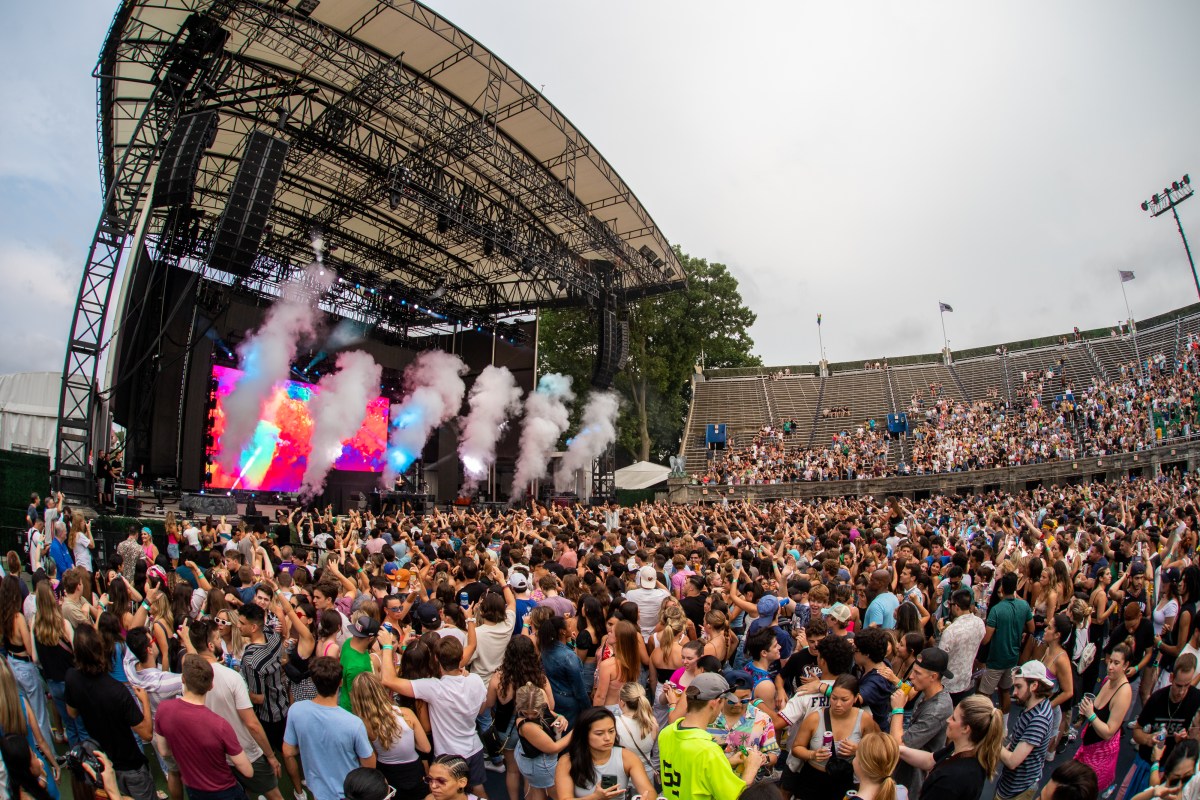Boulevard of Dreams: A book re-view
I’ve been reading a new book about the Bronx by Constance Rosenblum titled Boulevard of Dreams. The author is a talented writer and, per-haps more importantly, a first class researcher. This 266 page history de-tails the story of the Grand Concourse from its conception as an idea through its development and passage through good times and bad. Rosenblum peels back the layers of time, grime and glory that have made this majestic boulevard all that it is and was to gen-erations of immigrants.
She starts at the very beginning with the story of Louis Aloys Risse, an immigrant from the Alsace region of northern France, and his early years in the Bronx. It was he who designed the Grand Concourse patterning it after the Champs-Elysées in Paris. That, in itself, is a fascinating story but Rosen-blum goes far beyond the origins of the roadway and into its rise and fall as a dwelling place for the affluent.
Officially named the Grand Boule-vard and Concourse, this 182’ wide roadway running up the spine of the Bronx was designed for horse-drawn carriages. Meant as a route to provide passage from Manhattan through the heart of the Bronx to its newly ac-quired parkland, it would carry not only vehicles, but, more importantly, people with dreams. Moving to the Grand Concourse came to be synony-mous with success. It was a destina-tion, the fulfillment of a dream.
Having an apartment on the Grand Concourse was the ultimate status symbol, especially if the apartment had windows overlooking the beautiful and expansive roadway. Those who were not affluent enough to fulfill that dream could always hope for better days and in the interim, don their fin-est clothing and take the family for a walk along that fabled boulevard. Jew-ish merchants worked from dawn until dusk to build up their businesses enough to afford such lovely accommo-dations in one of the beautiful Art Deco apartment houses built in the 1930s. Many were successful in that quest and an apartment on the Grand Concourse was their pot of gold at the end of their rainbow. Nothing is permanent, how-ever, and that concept would one day change.
The 1960’s ushered in an era fraught with drugs and with it came crime. The quest for drugs always follows the money trail and that path led to the Grand Concourse and its affluent in-habitants. As the affluent Jews moved north or east to Co-op City, the not-so-affluent moved in. Landlords were happy to have someone occupy the buildings to garner whatever income they could and to prevent their build-ings from being burned. Many of the new inhabitants were immigrants also, but rather than from the Ukraine or Russia, they came from the Caribbean or Latin America.
This book could well serve as a primer to the city planner or as a text book on the Art Deco movement. Each chapter unearths new thoughts and shares the fascinating history of the Grand Concourse and its passage through time. The numerous photo-graphs of such renowned structures on this fabled roadway as Loew’s Para-dise, the Andrew Freedman Home, Concourse Plaza Hotel, the Art Deco buildings and even Yankee Stadium will help bring back memories to those who once passed this way. This newly released volume from New York Uni-versity Press is available wherever books are sold and it a worthwhile ad-dition to your personal library. It is also very timely as this is the 100th an-niversary of the Grand Boulevard and Concourse, once a boulevard of dreams.






















